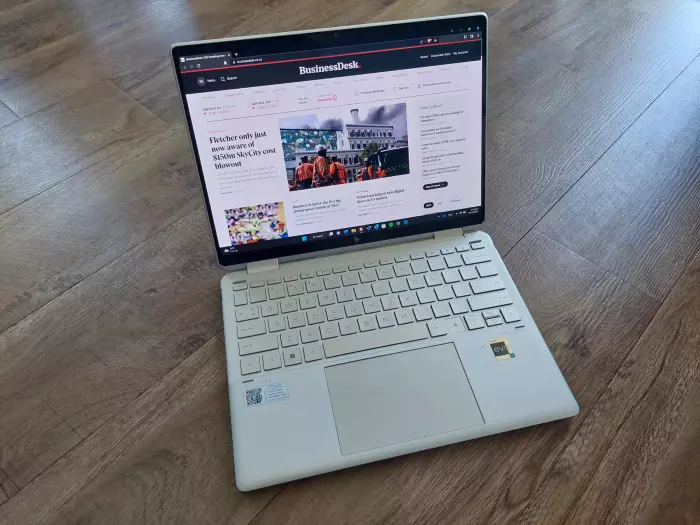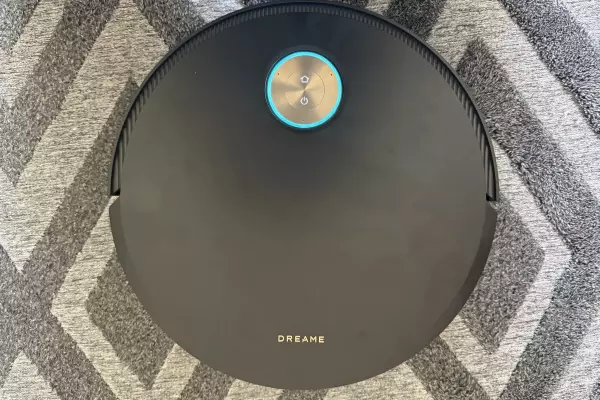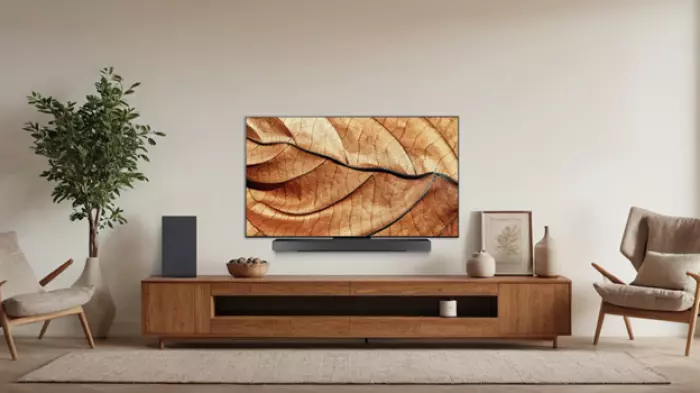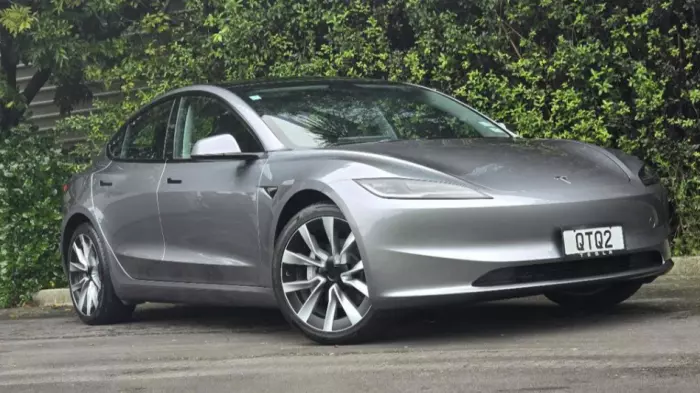As the new year approaches, you might be on the lookout for a new laptop – or a device with a little extra functionality such as, say, the ability to transform into a tablet in seconds.
It just so happens that HP has lent me a 2022 model HP Spectre 2-in-1 x360 13.5in to use and see what I think.
I’ve had a good amount of time with this device – it even accompanied me on a recent trip to a conference in the US – so I’ve been able to discover what I do like about it and, sad to say, don’t like.
(The review units do not come with the HP stylus pen, so this review is written sans pen.)
Quick specs
This Spectre sells on HP’s New Zealand store for $4,399, which is a hefty price tag.
However, with that comes:
- 12th Gen Intel Core i7-1255U evo processor.
- 16GB of RAM.
- A toughened OLED "3K2K" (3000px x 2000px) display that is up to 500 nits bright.
- 1 terabyte of SSD storage, although the loaner I used seemed to have only 500GB.
- A 5-megapixel infrared camera with a built-in shutter.
- A sturdy but light aluminium chassis.
Now, on with the show.
Classic design, with an edge
On one hand, the Spectre hasn’t tried to reimagine the way a laptop should look, but on the other hand, there are some interesting idiosyncrasies that do make it interesting.
It includes two thunderbolt 4 ports and one USB-A port, with one of the USB-C and the USB-A being on the side of the base of the device.
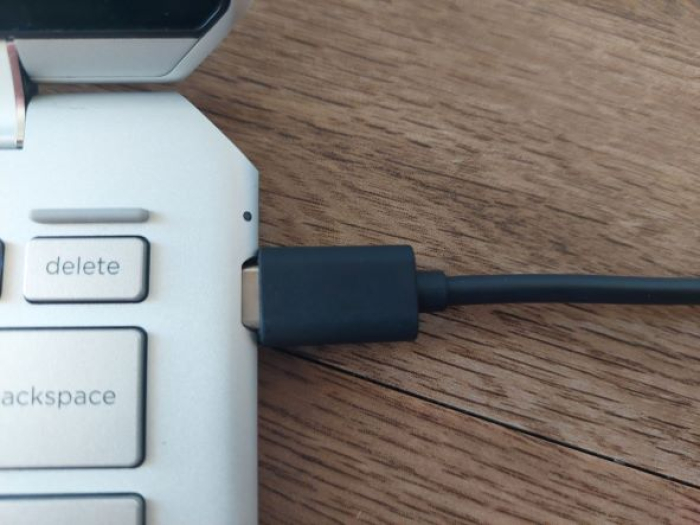 The curve of the edge means USB-C plugs stick out and feel a bit flimsy. (Image: BusinessDesk)
The curve of the edge means USB-C plugs stick out and feel a bit flimsy. (Image: BusinessDesk)
Because the laptop base slopes inwards towards the bottom, anything plugged in sticks out a few millimetres, and anything plugged into them, especially the USB-C port, feels like a small bump could snap the connector.
However, the second USB-C port and the 3.5mm (headphone) port are both flush when plugged in, because they are located in a sneaky little spot on the back corners of the base.
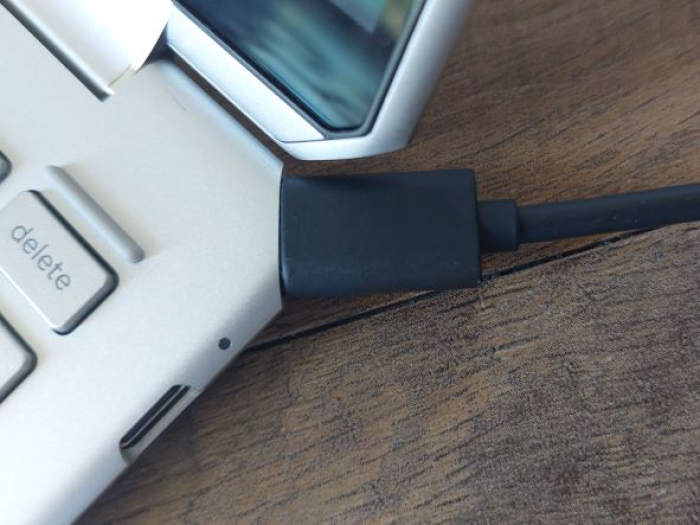
This is unusual, but works well, especially when you switch to tablet mode and don’t want cables sticking awkwardly out the side.
The trackpad is a great size and very responsive, and while the keyboard is nothing special, I don’t have any complaints about that either.
It does a lot really well
The Spectre makes the most of Windows 11’s vast array of sign-in options, including a fingerprint reader that works like an absolute charm, and facial recognition, which is also really accurate.
When I give the laptop back, I will absolutely miss sitting down at my desk and having the device spring to life as I look at it.
The display is crystal clear, which makes watching video on it an actual pleasure, and the Bang & Olufsen speakers are about as good as laptop speakers get.
Even with the bright and clear display, the battery life is very impressive. HP claims up to 13 and a half hours between charges and I believe it – I stopped even taking my charger with me on my long days at the conference.
When using it as a tablet, the touchscreen is responsive and the various gestures, with a little practice, make navigating between windows a breeze.
The robust 360° hinge is surprisingly useful, especially when travelling. On the long-haul flight to America, I set it to 180°, stood it upright on the tray table and used it for watching movies or TV.

Eighty per cent of the time, I found the Spectre great to use, balancing versatility and functionality with ease of use really well.
However, there were also a few things that I found lacking, especially at the pricepoint.
Frustrations
To start with, a minor gripe: in tablet mode, held landscape, the software keyboard either takes up a full half of the screen or, when you pop it out, has wasted real estate. making it too big, or absurdly small.
I quickly gave up using it for anything and stuck to laptop mode when I wanted to type, even a quick Google search.
Never having used a Windows 2-in-1 before, I’m not sure if that’s an operating system thing or is part of HP’s software.
Next, for some reason while the keyboard is automatically deactivated when it goes to tablet mode, the touchpad is not.
This is immensely frustrating, as I kept accidentally touching it and switching tabs or even between apps somehow.
Again, that’s relatively minor; the real let-down for me was in performance.
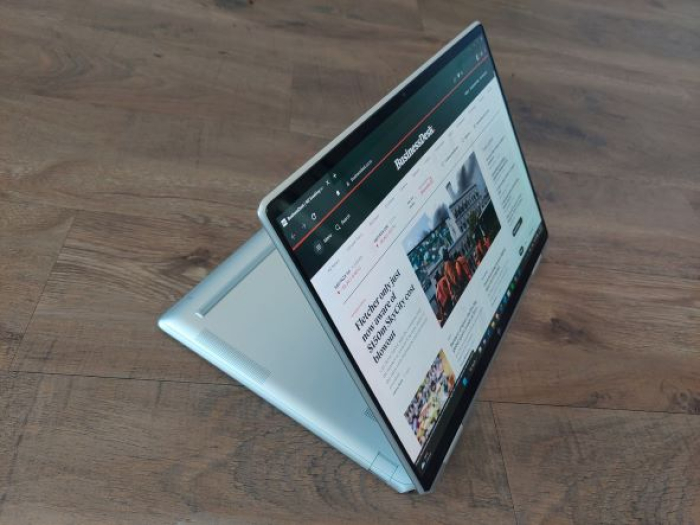
This laptop, for all its RAM and latest-generation processor, cannot handle more than a light workload without slowing down.
I like to do what I call "the Photoshop test", which is where I randomly open Photoshop at different times and see how long it takes to load.
The Spectre didn’t perform too badly sometimes, but other times it took 10 seconds to even register that I had tried to open the program.
Maybe I’m doing something wrong, but at various times I’ve had the system just lag on me, just close apps in the background, and once, it just reset the whole laptop while I was in the middle of typing a sentence.
Overall
The Spectre is another one of those devices that seem to be for a very specific audience.
If you were on the lookout for a 2-in-1 that is fairly well designed and has a good breadth of functionality, and if you had a healthy budget, I would happily recommend the Spectre.
But I would add a caveat that it might need a little work to get it running really smoothly, and will take some getting used to if you want to frequently switch between laptop and tablet modes.


